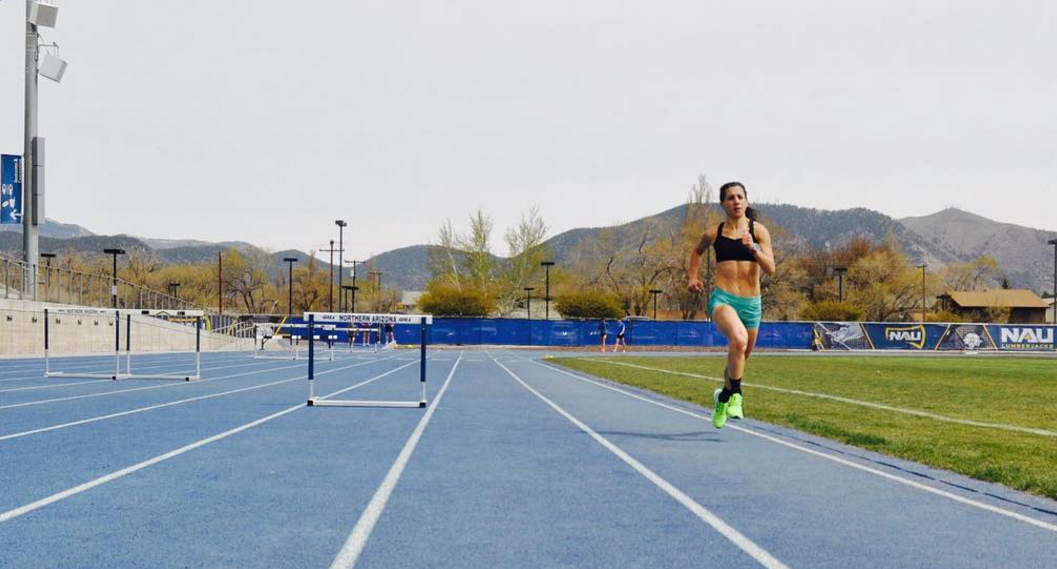A day in the life of an elite training in Flagstaff
Want to know what it's like at an elite training camp? Andrea Seccafien gives a glimpse into a typical day in Flagstaff.


Andrea Seccafien is a Canadian 5,000m runner and Olympian. She is the latest addition to Canadian Running’s blog roll.
I’m training in Flagstaff, Arizona until I open my season with a 5,000m at Payton Jordan. I’m here with a camp organized by Athletics Canada and athletes from many training groups around the country.
When you train at higher altitudes, your body is forced to adapt to the lower barometric pressure of oxygen in the air, and your body begins to produce more red blood cells. As a result, your hemoglobin mass increases giving distance runners a performance boost when they travel back to sea level. Not only are there adaptations in the blood, but scientists are now discovering benefits that occur within the muscles themselves when athletes are exposed to altitude for an extended period of time.
RELATED: Should cross-country get an Olympic revival?
RELATED: Dear graduating student, don’t give up running… not yet
So what’s it like to train here? This is what a typical day looks like at an altitude training camp:
7:00 a.m.
Morning monitoring. Training at altitude can go sideways in a hurry, so Trent Stellingwerff has us monitor our morning heart rate, oxygen saturation, body weight and hydration and report it to him every day.

8:00 a.m.
Coffee with a view and pre-run stretching and activation.
9:00 a.m.
Practice. This was my first workout at altitude so it was going to be pretty conservative. The workout was four by five minutes with three minutes rest at 3:50/km pace followed by some strides. At altitude you have to adjust your paces to be much slower than at sea level to account for the added stress of the elevation.
A few other athletes had tempo workouts or easy runs, so a small group of us headed to Buffalo Park. Hillary Stellingwerff and I did this workout together. It was great for me to workout with someone who has so much experience at altitude to not get carried away on my first workout. We came out of it feeling pretty good and confident we didn’t over-do it.
11:30 a.m.
Recovery. The great thing about training camp is the focus that can be put on training and taking care of the details that might get pushed aside while in a normal training environment. I’m putting an effort into stretching and rolling after running because training at 7,000 feet will take more out of you. I’m also trying to take a nap every day to aid in the recovery process.

1:30 p.m.
Off-site coffee trip. When our days are just eat, sleep, run, we can get pretty stir crazy. Thankfully a few of us wanted to get offsite for a few hours so we went to Macy’s, the famous Flagstaff coffee spot. This is a favourite of all athletes who come to Flagstaff and you’ll regularly spot other distance runners here.
4:30 p.m.
Second run. I headed out on the trails that are just a few minutes down the road from our condos for another for kilometres to end the day.
7:00 p.m.
Treatment. Athletics Canada sets up a great camp and brings along a massage therapist, chiropractor and physiotherapist, so I usually try to take advantage and see them regularly.
8:00 p.m.
Fishbowl. This is a favourite training camp game that is a combination of charades and taboo. As the camp goes on the clues get more ridiculous and filled with more inside jokes.
9:00 p.m.
Read and bedtime.


